4 Home energy-saving tips & tricks to keep your costs down
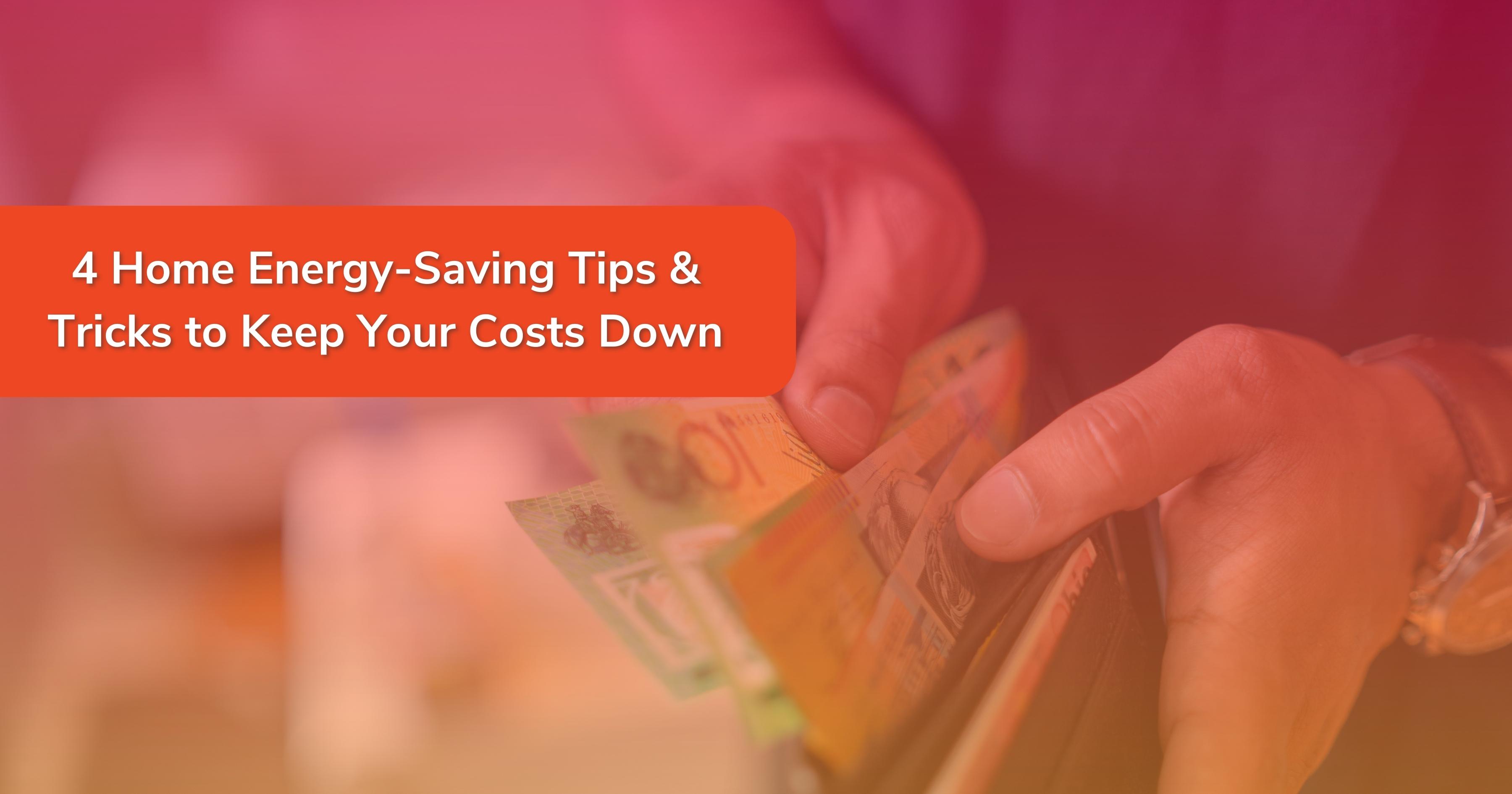
With the recent global increase in energy costs, many families are feeling the pinch. However, there are some things you can do in and around your home to improve energy efficiency and save money. Bills can creep up high, especially in the colder months, and for families on a budget, a few simple changes can add up to big savings across an entire year. Saving on your energy bills isn’t always just about finding cheaper deals - although lower tariffs can help - adopting a few best practices can bring substantial benefits in the long run.
1. Unplug appliances
While this tip may seem a bit old school, or like something your grandparents did, the truth is that unplugging electrical items or appliances which are not in use can equate to cost savings. One of the biggest leeches of energy is chargers. Phone chargers, laptop chargers, and tablet chargers left plugged in can pull a wasteful trickle of energy when not attached to the device. With nearly every family member having a cell phone and possibly using computers and laptops for school and work purposes, many families can have between 4 and 10 chargers running at one time. Removing them from the electric outlet can prevent wasted energy and reduce your monthly bill. The same applies to game consoles, coffee makers, and any other electrical items that are not in continuous use.
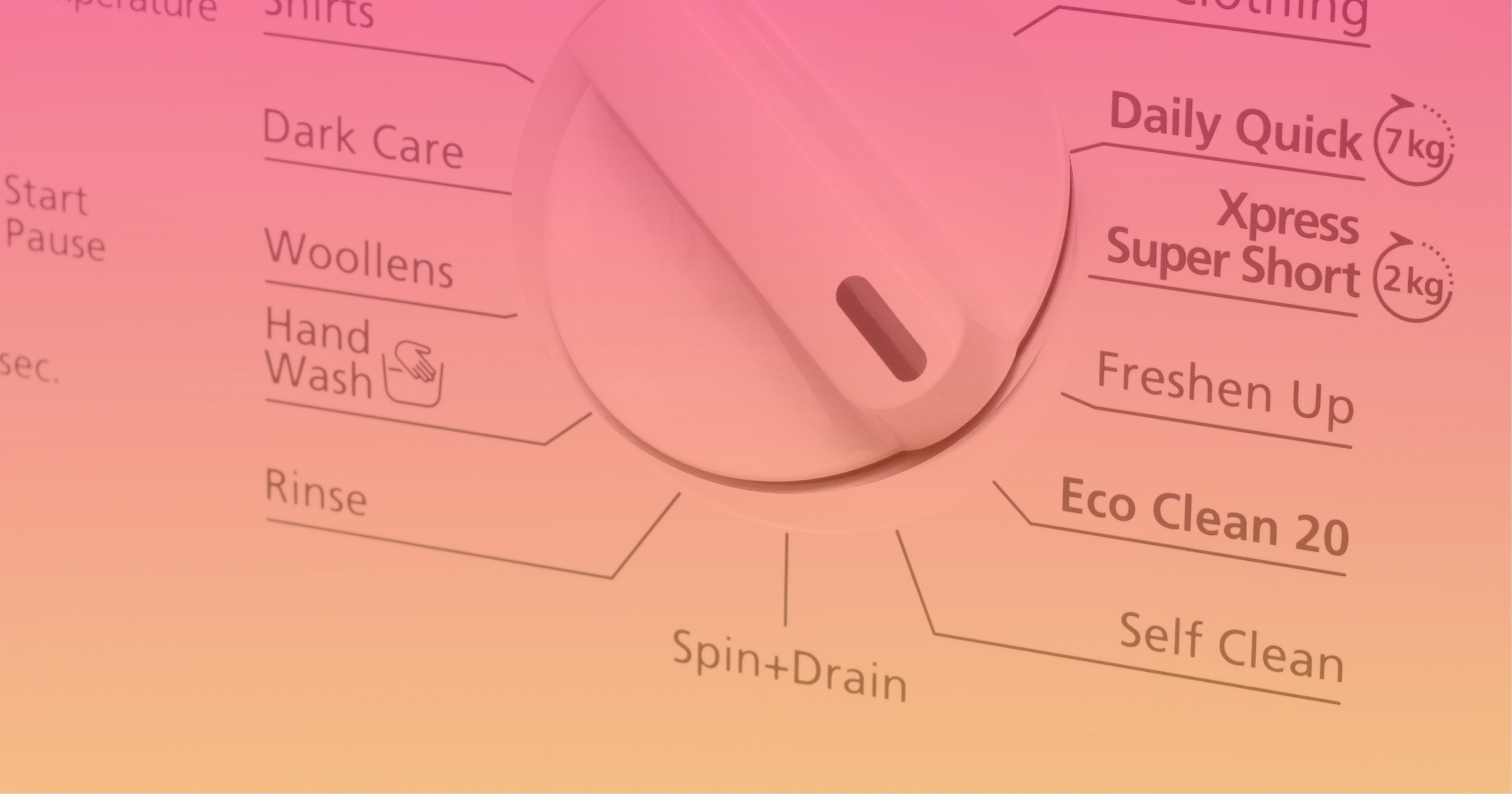
2. Hit the eco mode button
Many home appliances now come with a built-in eco-mode for energy-conscious users, and as well as consuming less energy, the eco-mode can be gentler on the environment. An eco-mode is often present on appliances like dishwashers and washing machines and the energy consumption is reduced simply by switching it on. Each of these appliances often doesn’t need running on the fastest, hottest wash to get the job done and can clean clothes or dishes satisfactorily at lower speed and temperatures. Appliances operating on eco-mode use less power, heat, or water, run at slower speeds, and use more efficient programs and cycles to save energy usage.
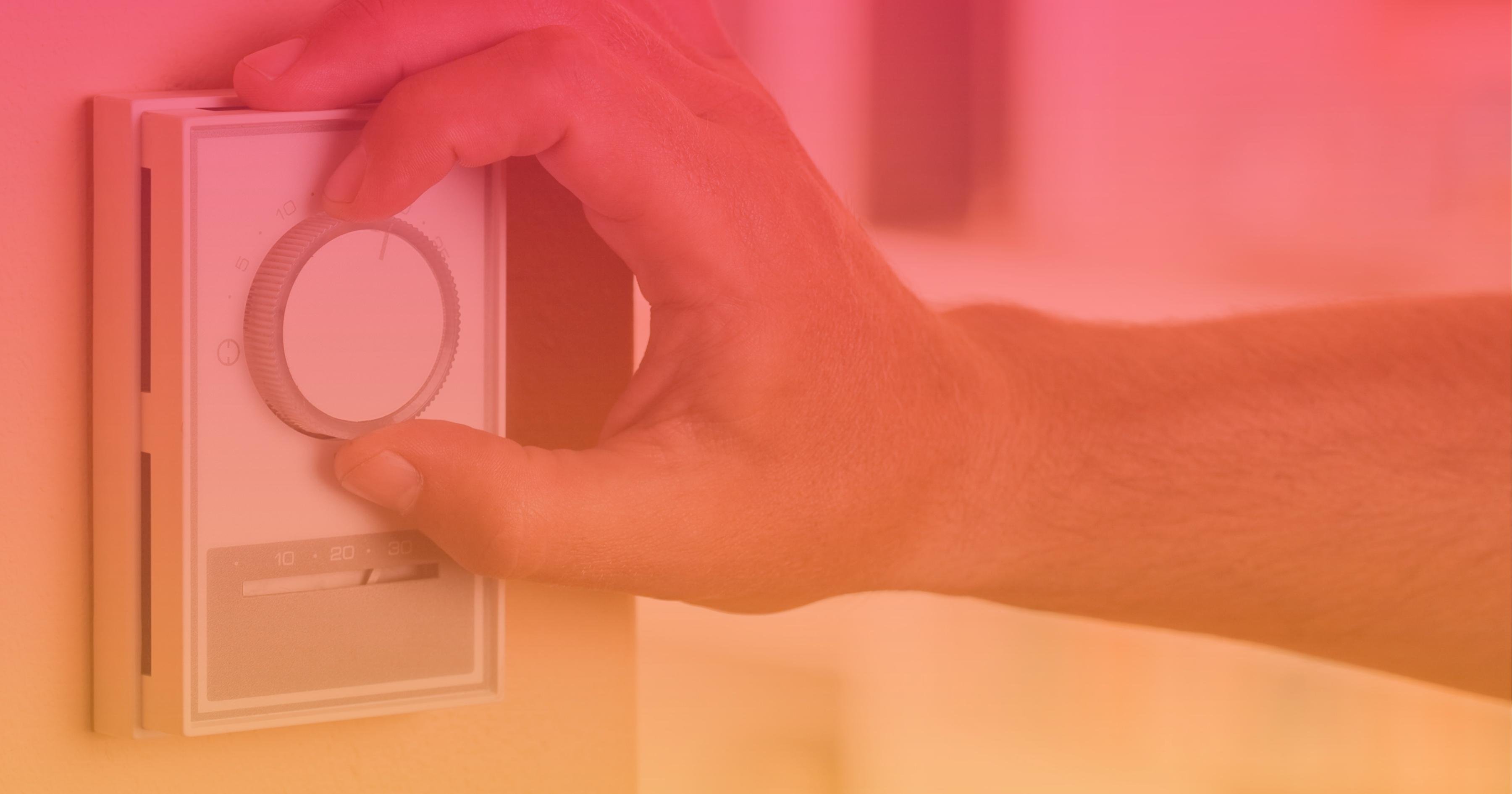
3. Adjust thermostats
Check the thermostat setting in and around your home on boilers, water heaters, radiators, central heating, and hot water tanks. All of these items use energy consistently to remain operational and keep temperatures at an acceptable level. Many standard home items use power to generate heat, but if your thermostat is set higher than you need, it could be costing you a fortune in wasted energy. Temperatures can be set lower without impairing efficiency and just turning your thermostat down by a couple of degrees can add up to big savings on your heating or power bill.
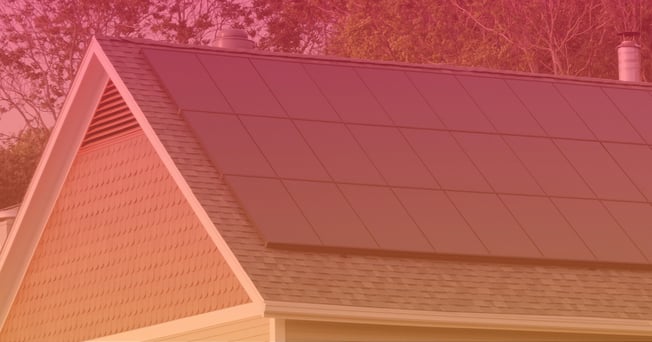
4. Consider solar
Powering your home with a renewable energy source is one of the best ways to manage your energy expenditure over the long term. While installing solar panels to power your home requires an initial investment to purchase the necessary equipment, many homeowners reap the full benefit of reduced bills after the first few years. Solar power converted from the absorption of the sun's rays efficiently converts to electricity to power your home's lighting and electrical systems, and with no gas emissions released into the atmosphere, solar power is a very clean energy source.
Check this Solar Savings Calculator to see how much you can save on your next electricity bill.
With prices on the rise, these simple ideas can mean a significant reduction in your energy costs, especially if you can get the whole family on board. As many homes look at cleaner energy options like solar power to combat expensive bills, using less energy by being vigilant can help homes to operate as normal while consuming less.
%20(1).png?width=265&height=96&name=www.smartenergyanswers.com.auhs-fshubfsSmart%20Energy%20Answers%20Logo%20(HIRES)%20(1).png)
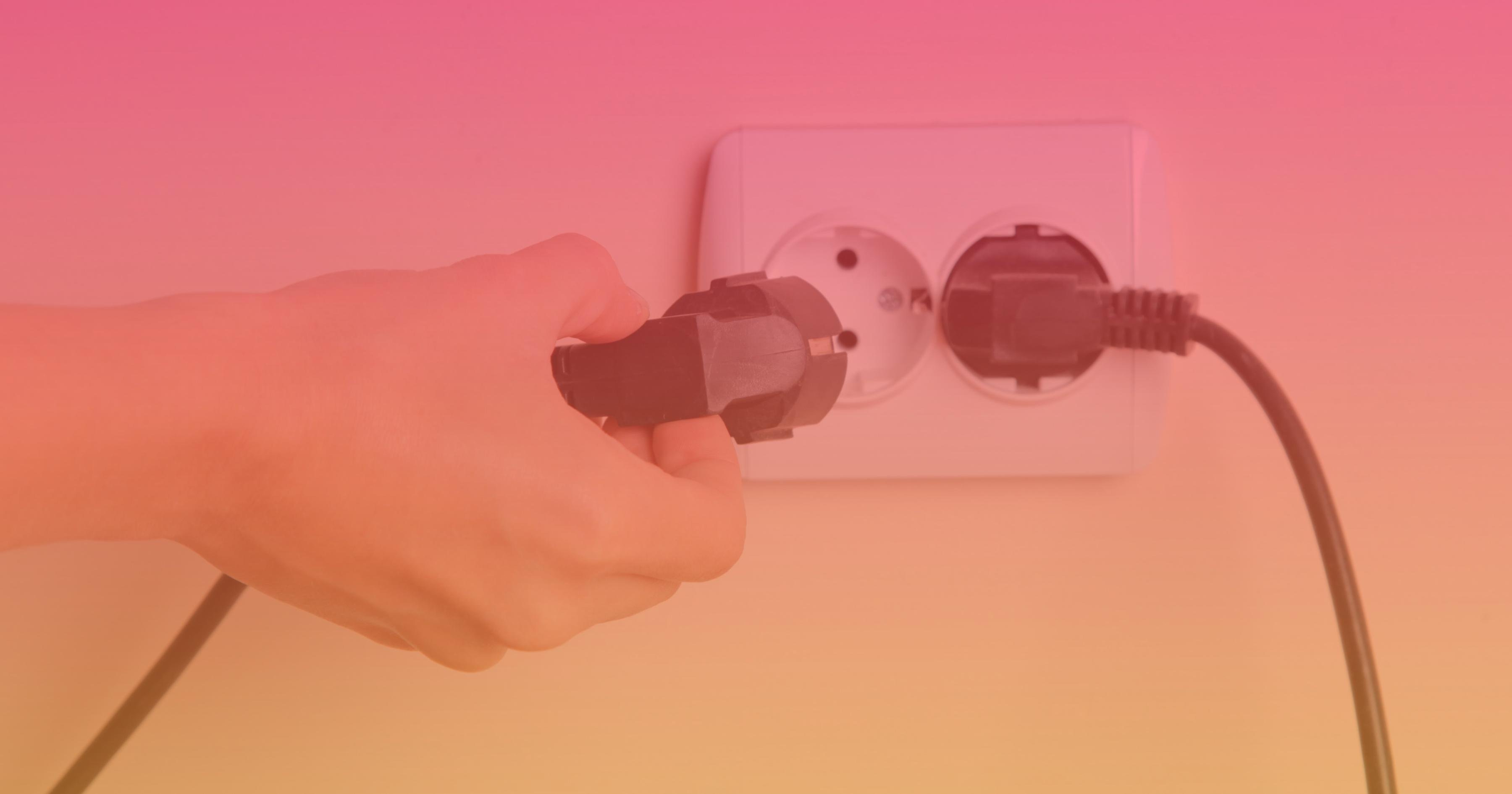

.png?width=514&height=121&name=Tesla%20Powerwall%203%20(new).png)







